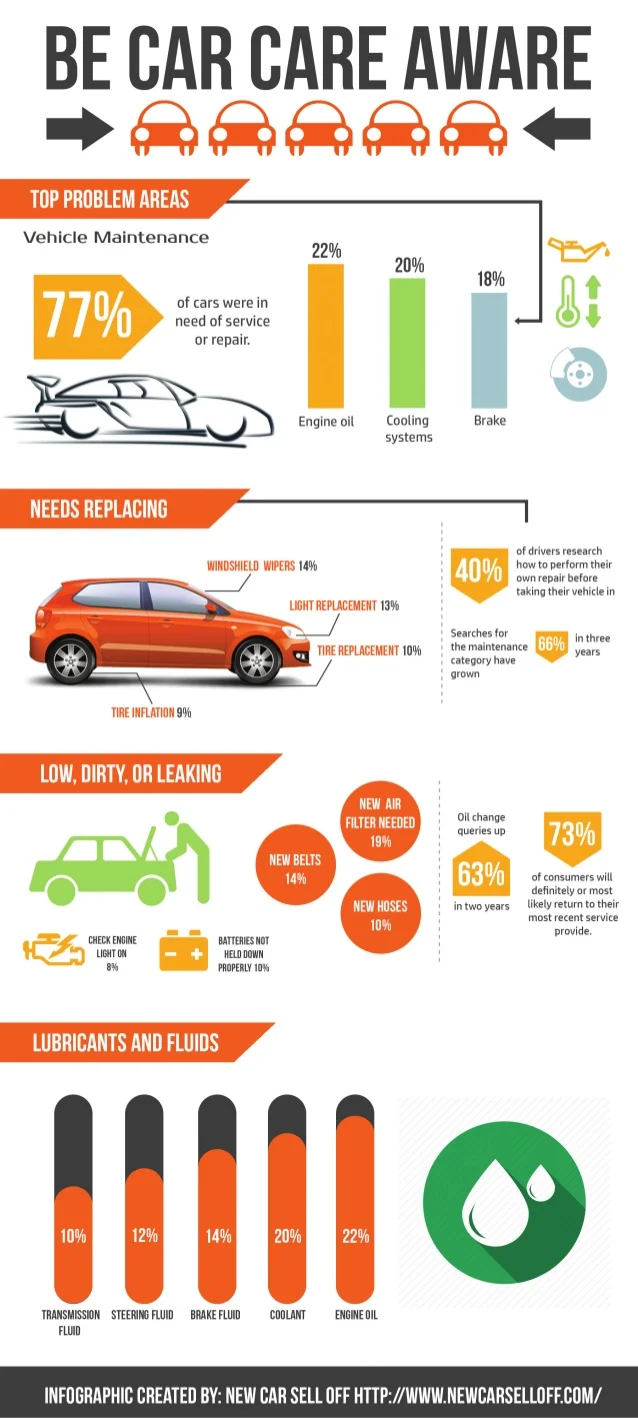Looking For Clarity On The Caution Lights Displayed On Your Automobile'S Control Panel? Learn How They Associate With Your Car'S Health And Wellness
Looking For Clarity On The Caution Lights Displayed On Your Automobile'S Control Panel? Learn How They Associate With Your Car'S Health And Wellness
Blog Article
Web Content Writer-Sykes Gilbert
When you're behind the wheel, those radiant caution lights on your control panel can be a little bit puzzling. Do you understand what they're attempting to tell you about your automobile's health and wellness? Understanding the importance of these lights is important for your safety and security and the longevity of your automobile. So, the next time one of those lights appears, would not you want to understand its message accurately and take the essential steps to resolve it?
Common Warning Lights and Interpretations
Identify typical caution lights in your automobile and comprehend their definitions to guarantee risk-free driving.
The most common warning lights include the check engine light, which signifies issues with the engine or exhausts system. If this light begins, it's essential to have your car examined quickly.
The oil stress warning light suggests low oil stress, needing instant interest to avoid engine damage.
A blinking battery light might suggest a faulty charging system, possibly leaving you stranded otherwise dealt with.
The tire pressure tracking system (TPMS) light notifies you to low tire stress, influencing lorry stability and fuel effectiveness. Disregarding paint protection film might result in hazardous driving problems.
The ABS light suggests a problem with the anti-lock stopping system, jeopardizing your ability to stop quickly in emergency situations.
Lastly, the coolant temperature level alerting light warns of engine getting too hot, which can lead to severe damage otherwise resolved swiftly.
Recognizing these typical caution lights will aid you deal with problems without delay and preserve secure driving problems.
Significance of Prompt Attention
Recognizing the typical caution lights in your car is just the very first step; the significance of immediately attending to these cautions can not be stressed sufficient to guarantee your safety when traveling.
When a caution light brightens on your control panel, it's your car's way of interacting a possible problem that needs attention. Ignoring these cautions can cause extra severe troubles down the road, compromising your security and possibly costing you much more in repairs.
Prompt focus to warning lights can prevent breakdowns and mishaps. For https://caroilchange73950.bligblogging.com/32687350/just-how-can-mobile-automobile-outlining-transform-your-automobile-treatment-experience-while-making-sure-quality-discover-the-key-elements-to-take-into-consideration-before-choosing-a-detailer , a blinking check engine light can suggest a misfire that, if left neglected, could cause damage to the catalytic converter. Resolving this promptly can save you from a pricey repair.
In a similar way, a brake system advising light could indicate low brake fluid or worn brake pads, crucial parts for your safety and security when driving.
Do It Yourself Troubleshooting Tips
If you see a caution light on your dashboard, there are a few do it yourself repairing ideas you can attempt before looking for expert aid.
The very first step is to consult your car's handbook to comprehend what the certain caution light indicates. In some cases the concern can be as simple as a loosened gas cap activating the check engine light. Tightening exterior car detailing might fix the trouble.
Another common issue is a reduced battery, which can activate various alerting lights. Inspecting the battery connections for deterioration and ensuring they're safe and secure might deal with the issue.
If a caution light persists, you can attempt resetting it by separating the auto's battery for a couple of mins and afterwards reconnecting it. In addition, examining your car's fluid degrees, such as oil, coolant, and brake fluid, can help fix alerting lights associated with these systems.
Final thought
In conclusion, recognizing your auto's warning lights is essential for maintaining your lorry running smoothly and safely. By quickly addressing these alerts and understanding what they mean, you can avoid expensive fixings and possible failures.
Remember to consult your cars and truck's handbook for particular information on each advising light and take action accordingly to guarantee a trouble-free driving experience.
Remain notified, remain safe on the road!
